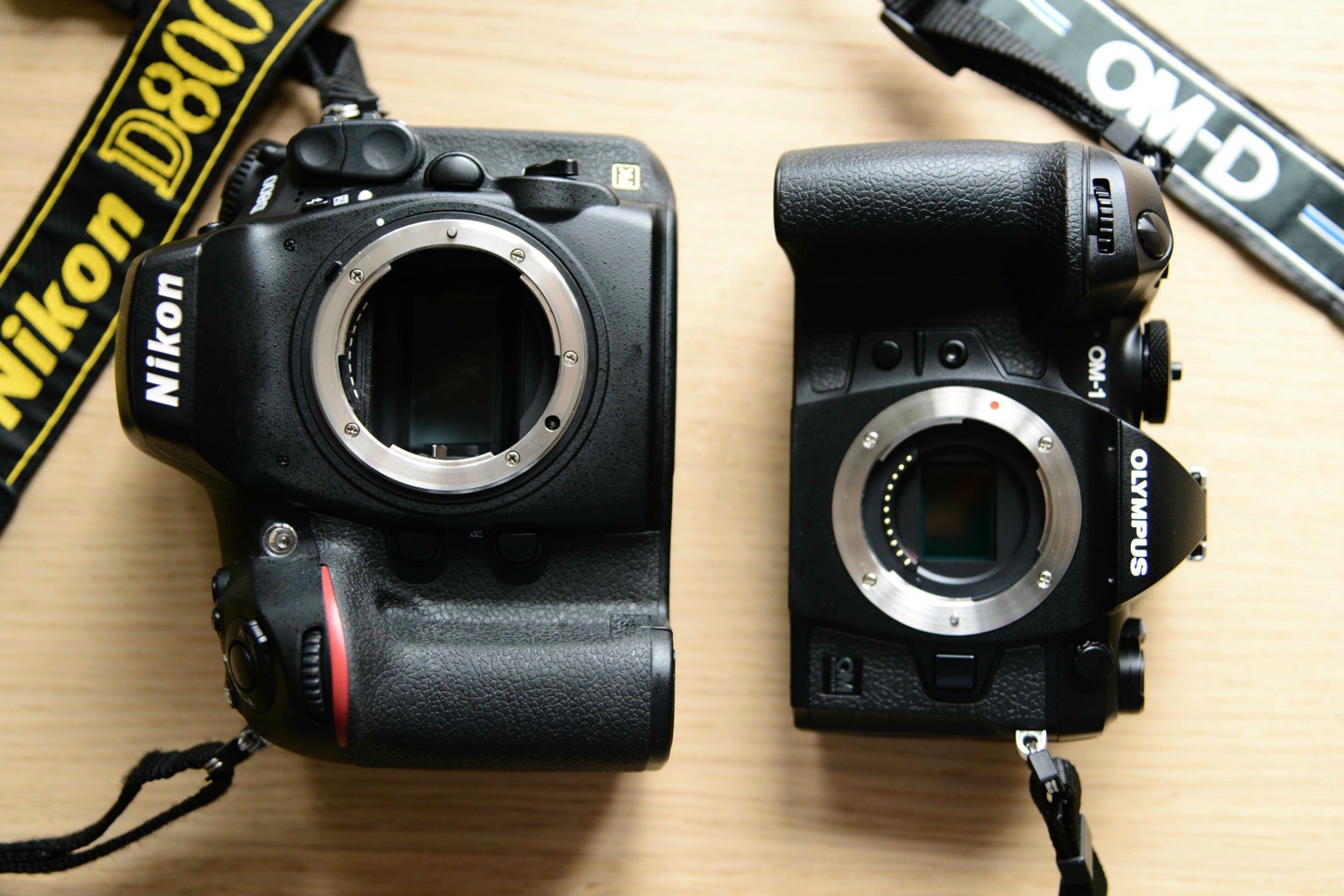Why I Got an OM System OM-1
The Merits of MicroFourThirds
I’m a huge advocate of Nikon DSLRs – nonetheless, I got back into MicroFourThirds by purchasing an OM System OM-1 recently.
Let’s explore the merits of MicroFourThirds.
Size and Weight
A previous blog article of mine was about why 2022 is the best year to pick up a DSLR for professional work. My argument was, that getting a FF mirrorless instead of a FF DSLR does not make much sense, as it costs a lot more and system weight and size do not change significantly. However, I’ve also mentioned that if one really wants to go mirrorless to get a size and weight advantage, MFT is the only real option.
I know that very well, as I’ve started my professional career with the Olympus OM-D M5 Classic and the M.Zuiko 12-40mm f/2.8 PRO.
The idea of having a smaller, yet high-end system was very intriguing to me, and probably the biggest reason why I got the OM-1.
This is how my career started - the Olympus OM-D M5 Classic with the M.Zuiko 12-40 f/2.8 PRO.
User Experience Versus Convenience
If I want to feel like a real photographer, then I have to grab my Nikon D800. The user experience a high-end DSLR offers is unmatched. There is no mirrorless camera that can give me the same shooting experience. A DSLR is as unique as a Leica M rangefinder.
The OM-1, on the other hand, is an incredibly convenient camera. Face detection, full frame AF coverage, in-body stabilization, a sharp electronic viewfinder and a touch screen make it a very manageable imaging tool.
Other small bonuses the OM-1 brings to the table are that the lenses need no AF calibration and that the 20MP files use up less disk space while still offering enough resolution.
The resolution was a huge argument for getting an OM-1. Everything above 24MP takes up so much disk space and therefore costs a lot of money and computing performance in the long run.
Connectivity
Connectivity is a very important trait of the OM-1.
Transferring one or two files to the smartphone for a quick story on Social Media or for the client to take home is a necessity and often expected by the customer.
The OM System Wi-Fi app is very stable, fast and – again – convenient to use.
Also, in terms of tethered shooting, the OM-1 gives me an impressive degree of control over the camera. Especially for reproduction photography, this makes a lot of sense.
OM-1 - connectivity is trump.
Performance and Versatility
I don’t think that DSLM cameras outperform DSLRs in any meaningful way. Both camera types are so different that it does not really make sense to compare a DSLR to a mirrorless camera. It is like comparing a Leica rangefinder to a DSLR.
I expect a camera being able to keep up with my workflow – and I’m regularly pushing the limits of my equipment. So far, the OM-1 did keep up and added a lot of convenience in the video department.
The OM-1 also doubles as my YouTube camera, a role the D800 cannot fill.
OM-1 - Mode Dial
Final Thoughts
Owning a Nikon D800 and an OM System OM-1 currently gives me the best of both worlds.
The unique user experience of a 35mm DSLR, native access to one of the finest mounts in camera history – the Nikon F-bayonet - and the remarkable 36MP sensor of the D800 are nothing I want to give up anytime soon.
The MFT OM-1, on the other hand, combines convenience, performance and unique capabilities – in one compact body.
I love to have both options at my disposal.





